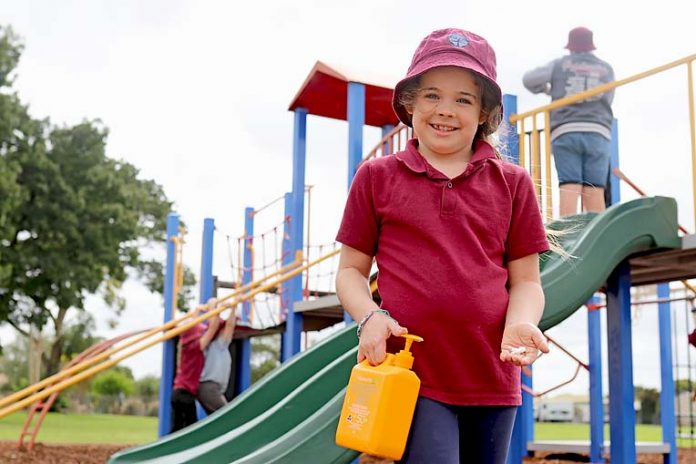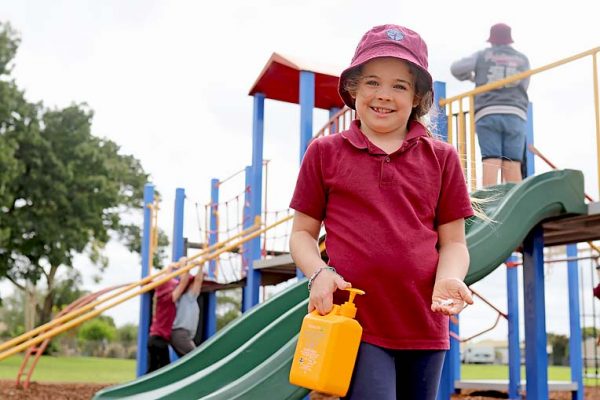

CANCER Council SA toured the Limestone Coast this week in an effort to boost the number of registered SunSmart Schools in the region.
The not-for-profit organisation revealed only 33pc of schools, 49pc of early childhood centres and 33pc of out of school hours care services in the Limestone Coast were SunSmart members.
Research by the organization suggests registered SunSmart Schools were more likely to have comprehensive policies and practices that better protected students from skin cancer, including the enforcement of wearing SunSmart hats at all risk times during the year.
Along with the Blue Lake city, the team visited education facilities in Keith, Naracoorte, Penola and surrounding areas to promote the SunSmart Schools and Early Childhood Program and spread the “no hat, play in the shade” message.
While in Mount Gambier on Wednesday, community education project officer Rachael Biddulph held a workshop at Melaleuca Park Primary School for staff from across the district.
Ms Biddulph said the main goal was to inform education facilities about the importance of sun safety for regional communities.
“We are trying to reiterate sun protection is really important not just in Term 1 and 4, but also Term 3 and when the UV levels are higher than three,” Ms Biddulph said.
“Melanoma rates are at a higher age-standardised annual rate – 43.9 cases per 100,000 people – when compared to metropolitan Adelaide – 35 per 100,000.
“It is critical Cancer Council reaches rural communities like Mount Gambier when looking at statistics as well as students to set them up for the rest of their life.”
Ms Biddulph said the presentations highlighted the crucial five sun protection behaviours, slip, slop, slap, seek and slide, the sunsmart program and the SunSmart Hat Wearing Toolkit.
With the not-for-profit organisation visiting the region last year, Ms Biddulph said a mix of correct sun-safety regimes were usually found at sites.
“A lot of the time, schools predominately only look at sun protection during Term 1 and 4, but our research suggests UV levels are quite high during Term 3 as well,” she said.
“People can be surprised when we reiterate the message that UV and heat are actually quite separate things.
“This is where the toolkit is useful as it informs the school community they need to be looking at sun protection from the UV perspective and how to achieve 100pc of students and staff wearing Cancer Council approved hats.”
During each presentation, Ms Biddulph said the school’s responsibility into researching UV levels independently was also discussed.
“We are finding messages still need to come from Cancer Council SA and showing them the data helps staff understand,” she said.
“We would like to see schools monitoring UV and working with students and create that awareness.
“It is about educating them about how it can differ and what influences UV.”
Ms Biddulph said overall presentations were well received and all staff had been open-minded to reminders and guidelines regarding sun safety.
For more information and to check if your school holds SunSmart status, visit the Cancer Council SA website.





